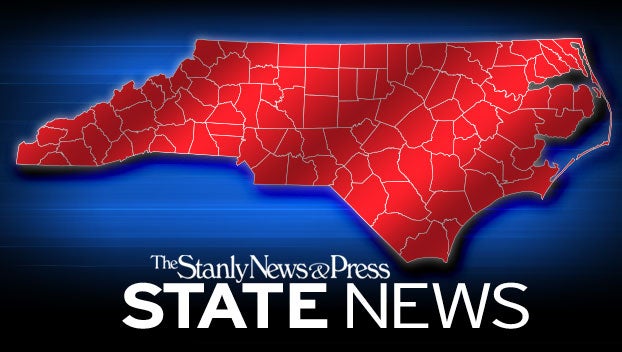Stanly’s August unemployment falls to 5.5 percent
Published 3:03 pm Thursday, October 8, 2020

- FROM METRO CREATIVE CONNECTION
|
Getting your Trinity Audio player ready...
|
Stanly County’s unemployment rate decreased in August, after experiencing an uptick the month before, according to new county-specific data from the state’s Department of Commerce which was released recently.
Stanly had 1,629 people unemployed in August, which translates to a 5.5 percent unemployment rate. That’s the lowest rate since March, when it was 4.3 percent and the effects of the pandemic hadn’t yet been felt. It’s also almost two percentage points better than in July, when the rate was 7.2 percent and 2,214 people were out of jobs.
There were 29,876 people with jobs in August, which is slightly lower than the 30,804 who were employed in July.
Stanly’s rate is about 1.5 percentage points worse when compared to August of last year, when the rate was 4 percent.
Stanly’s increase was not an isolated incident. Unemployment rates increased in August for all 100 counties in the state, according to the Department of Commerce.
The county’s unemployment rate matched up favorably against the rest of the state, ranking 17th out of the 100 counties, up from 22nd in July. Stanly was roughly a full percentage point lower in every nearby county in the Charlotte metropolitan region with the exception of Union, which had the same rate. It also had a lower rate than two of its four peer counties, with only Chatham and Carteret posting better totals.
“As we move into the next stage of reopening with Phase 3, I remain optimistic that Stanly County will continue to trend in the right direction, toward the pre-COVID unemployment level,” said EDC Director Candice Lowder.
North Carolina’s seasonally adjusted unemployment decreased to 6.5 percent from 8.5 percent in July, as the number of people on the job increased 28,419 over the month to more than 4.5 million people overall. The number of people jobless also decreased 100,105 over the month to 315,347.
The federal employment rate dropped to 8.4 percent from 10.2 percent and the economy added 1.4 million jobs, a slight decrease from the 1.8 million jobs added in July, according to the U.S. Bureau of Labor Statistics.
More than 41,000 North Carolinians filed COVID-19 related initial claims in July, a sharp decrease from the roughly 93,000 who filed in July and much lower than the roughly 162,000 who filed in May and the 400,000 who filed in April. More than 2.4 million claims have been filed in the state since March 15.
The number of people in Stanly who filed initial claims continues to decrease. Stanly had 232 people file COVID-19 related initial unemployment insurance claims (out of 422 total initial claims) in August compared to the 505 who filed COVID-19 claims in July. There are 707 continued COVID-19 related claims for August.
Of the total numbers of initial claims that were filed, women filed 213 while there is no available data for how many claims men in the county filed. Of those filing for unemployment, 274 were white, 100 were Black, 31 were labeled as “race unknown” and 17 were another race. Within the numbers, only 19 people who filed were Hispanic.
The people who filed the claims, as usual, were predominantly younger, with those ages 25 to 34, 35 to 44 and 45 to 54 accounting for the majority of all claims.
The three industries most impacted by the pandemic in August were manufacturing (95 claims), unknown/unclassified (82 claims) and trade, transportation and utilities (67 claims).
Stanly has already received roughly $2.5 million from the state for coronavirus-related needs, of which around $622,ooo has been allocated to the municipalities based on population size. The money is part of the $400 billion the state received from the federal government as part of the CARES Act Relief Fund.





